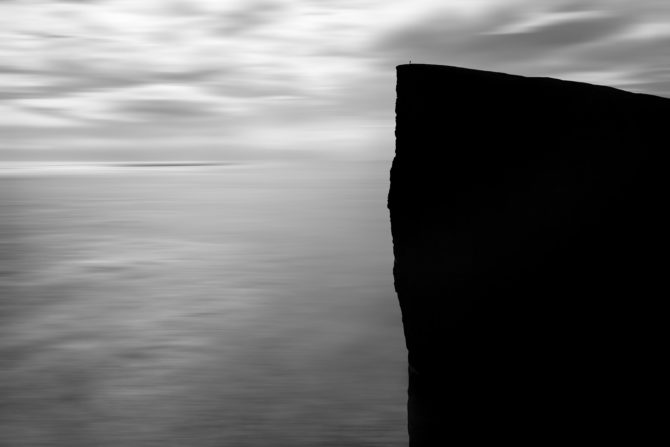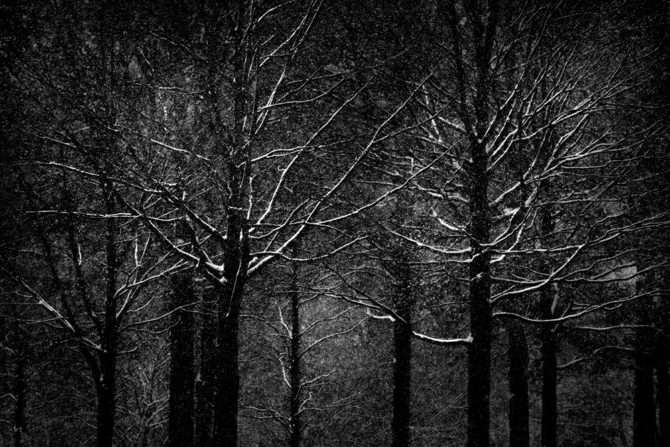Category: Stories
May 23, 2020
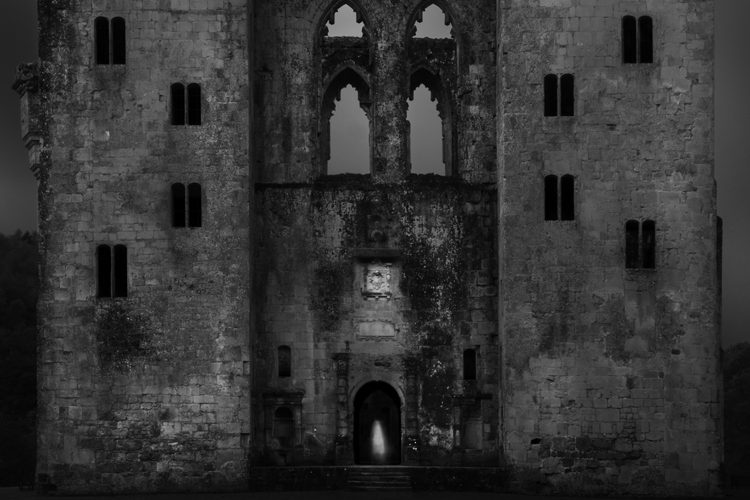

- The Ghosts of 911
- The Ghosts of Little Big Horn
- The Ghosts of Manzanar
- The Ghosts of The Killing Fields
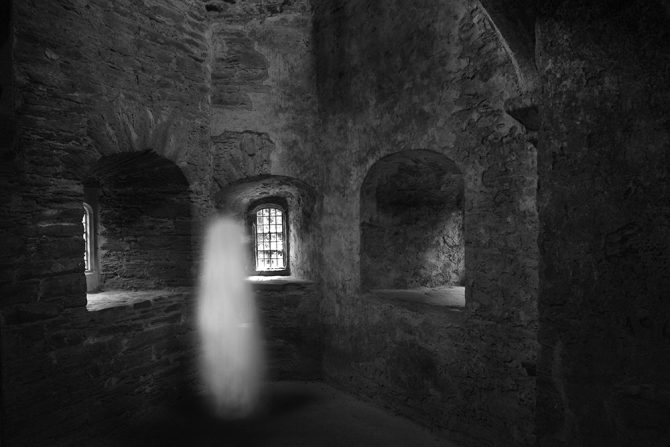
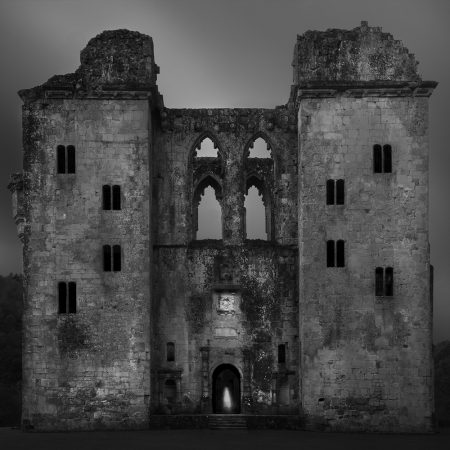
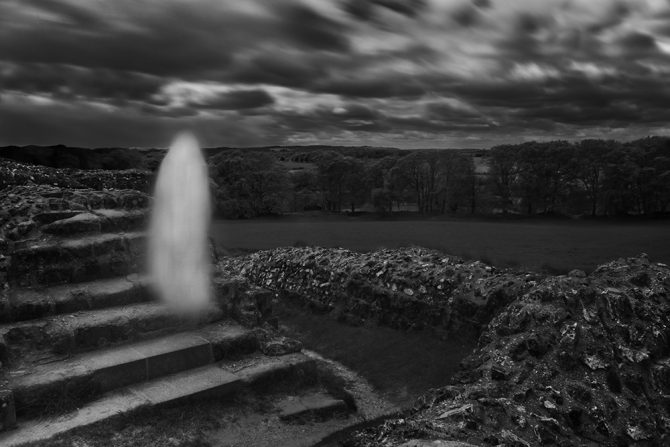
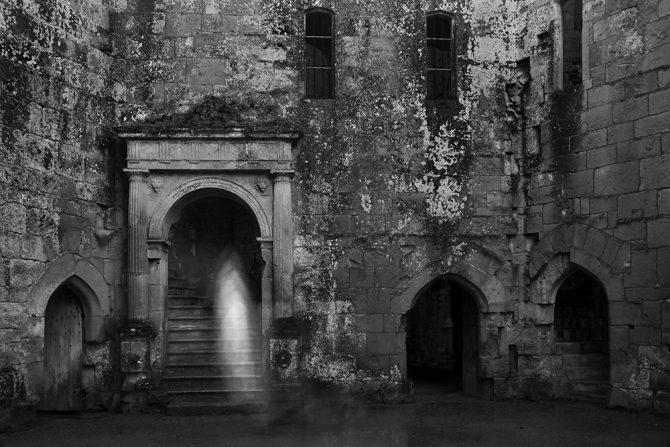
March 17, 2019
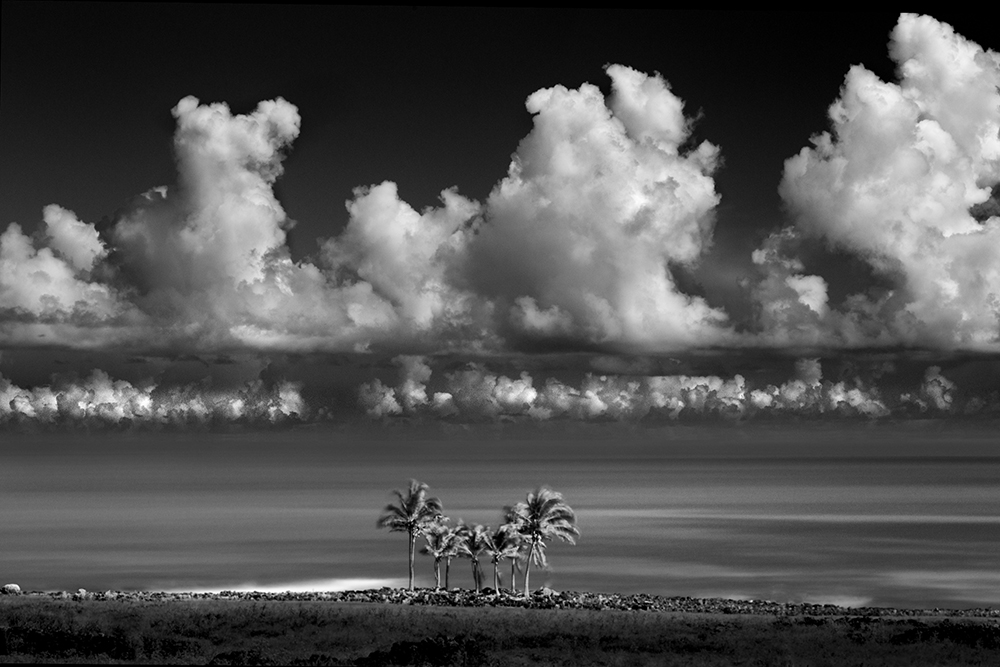

Palms, Rapa Nui
A photographer friend, George Digalakis, asked me to write this article for his blog: Inspirational Places. You can read the original article here: https://www.digalakisphotography.com/inspirations/ct-ei
My Favorite Location:
How does one choose their favorite location? It would be like choosing your favorite image or favorite child!
Sometimes it seems like the last location is always my favorite location. And philosophically, I don’t believe an exotic location should be necessary for creating a great image. My philosophical hero, Edward Weston, said the following when he was confined to a chair with Parkinson’s:
I should be able to look down at my feet and see something to photograph
But I have been fortunate to travel to many incredible locations. And of all the places I’ve been, Easter Island has been the most significant to me. Why? Because it has been on my mind ever since I read Thor Heyerdahl’s book “Aku Aku” when I was 17 years old.
Now fast forward 47 years to when my wife and I were compiling our bucket list and I mentioned that I’d love to add Easter Island to the list, but that it really wasn’t feasible. My wife asked: why not? I didn’t really have an answer and so off we went in 2015.
Easter Island is known as the world’s most isolated inhabited place. I tell people that it’s really not that hard to get to, but it isn’t for the faint of wallet. It’s an expensive journey.
Easter Island is small, about 7 by 15 miles and has about 5500 inhabitants, some of which are the native Rapa Nui and also many Chileans. Only the Rapa Nui can own land on Easter Island.

Easter Island is best known for its Moai, those monolithic statues carved by the ancients. There are about 1000 Moai on the island and about 30 standing on several different ahu’s or alters.
I spent two weeks there, circumnavigate the island 3-5 times each day. I focused almost exclusively on the Moai and created three portfolios:
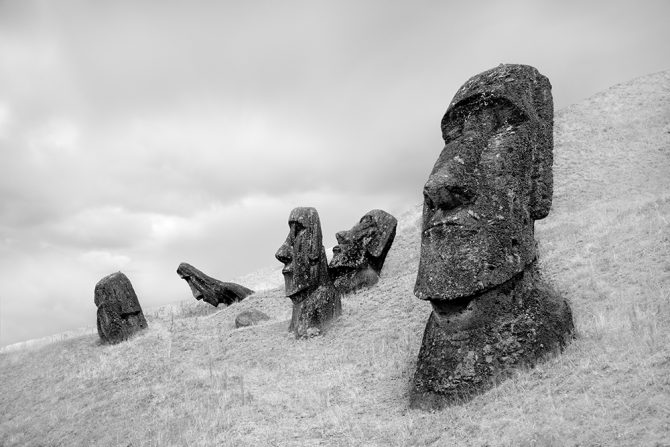
The Moai of Rano Raraku

Standing Moai
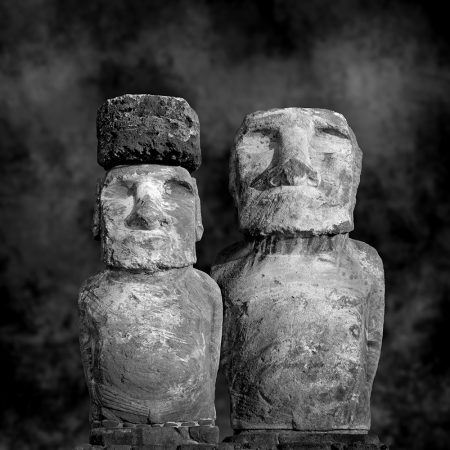
Moai, Sitting for Portrait
The portfolio I am most proud of is the “Moai, Sitting for Portrait” and how it came about. Here is my artist statement:
In January of 2015 I spent two weeks photographing the Moai of Easter Island. This fulfilled a lifelong dream, one that started when I was 17 and read the book “Aku Aku” by Thor Heyerdahl. I became fascinated with the Moai and they have been on my mind and influenced my art for these many years.
As I traveled to Easter Island and tried to imagine what I would encounter, something interesting happened: I fell asleep and dreamt that I had invited the Moai to come and sit for a formal portrait.
When I awoke I thought “why not?”
I knew there would be challenges: the Moai are reserved, aloof and almost unapproachable. They had suffered greatly at the hands of outsiders and the question was: would they come to trust me?
Distance was the first hurdle to be overcome: the island is small by automobile standards, but when we are talking about the Moai who walk everywhere, traversing the island to get to my makeshift studio could be difficult. Then there was the Moai’s physical condition: many were incapacitated by war and the ravages of time and could not make the journey. And how would I accommodate the size of the Moai, with some towering 33 feet tall?
Facing these challenges and armed with nothing more than a dream and hope, I issued the invitations…but would they come?
Initially only a few came; the younger and less suspicious ones. But slowly, as word spread of their experience, others started to arrive.
Photographing the Moai created some interesting situations: one older Moai refused to allow me to photograph his face and turned his back on the camera. Another arrived with a hawk and insisted on having his portrait taken with the bird atop his head. Several Moai with bullet wounds, inflicted by outsiders, insisted that I document those scars.
And there were tense moments, as two rival Moai came together face-to-face in the studio, but which ended well when they agreed to be photographed together. And there were touching moments as old friends were reunited after years of separation.
The Moai are quiet, stoic and could even been described as “stone-faced.” And it’s true, not once was I able to photograph a Moai smiling, but instead they have a dignified poise that transcends time.
It was a lifelong dream that brought me to Easter Island and a sleeping dream that caused me to create this portfolio.
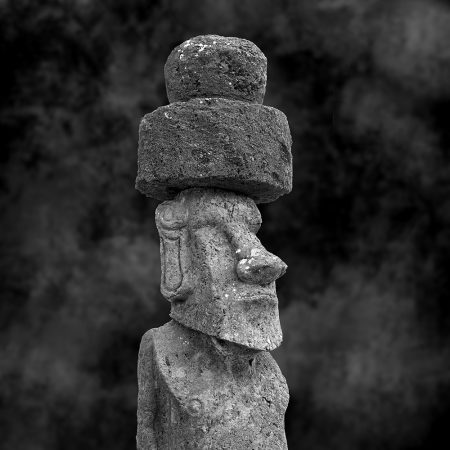
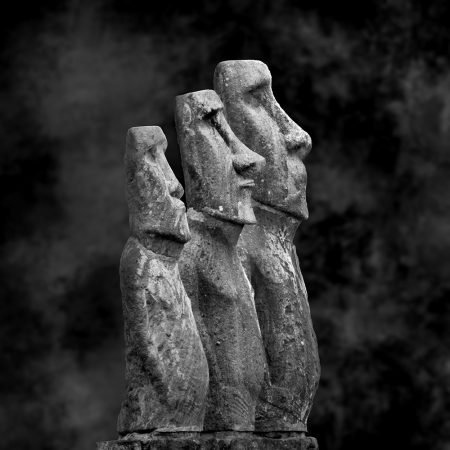

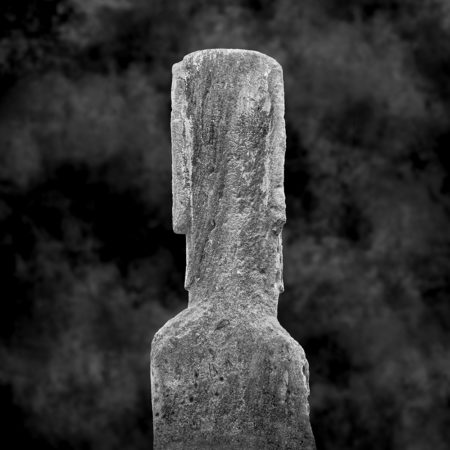
See all of the Moai portraits here
December 17, 2017

This is my most recent “Lone Man” image, Number 59. It was created on the Faroe Islands and is significant to me because it is my daughter-in-law Erica who is the lone man! Just off to the right and out of sight is my son Cody with their daughter Margot in a backpack. (It drove me crazy watching them near those cliff edges)
I have a terrible fear of heights. It’s almost debilitating. I either feel drawn over the edge or I feel like I’m going to collapse. And the longer I am near the edge, the worse it gets.
For this shot and several others, I am sitting 6″ away from the edge with my tripod collapsed low to minimize the wind. How high up was I? At least a mile, maybe two! (well, it felt like it and it was very, very high up)
I was shooting multiple long exposures that were sometimes four minutes long. I’d have to sit very still and keep downward pressure on the tripod to keep it from moving. After about 20 minutes of this, I couldn’t stand it any longer and had to crawl away from the edge.
I went back to this site several times during my trip and each time it got harder and harder to be near the edge.
The man whom I rented my apartment from was a police officer and he said that every year a tourist or two would go over the edge somewhere on the islands. And when that happens, there are no rescues, only retrievals.
Cole
May 14, 2017
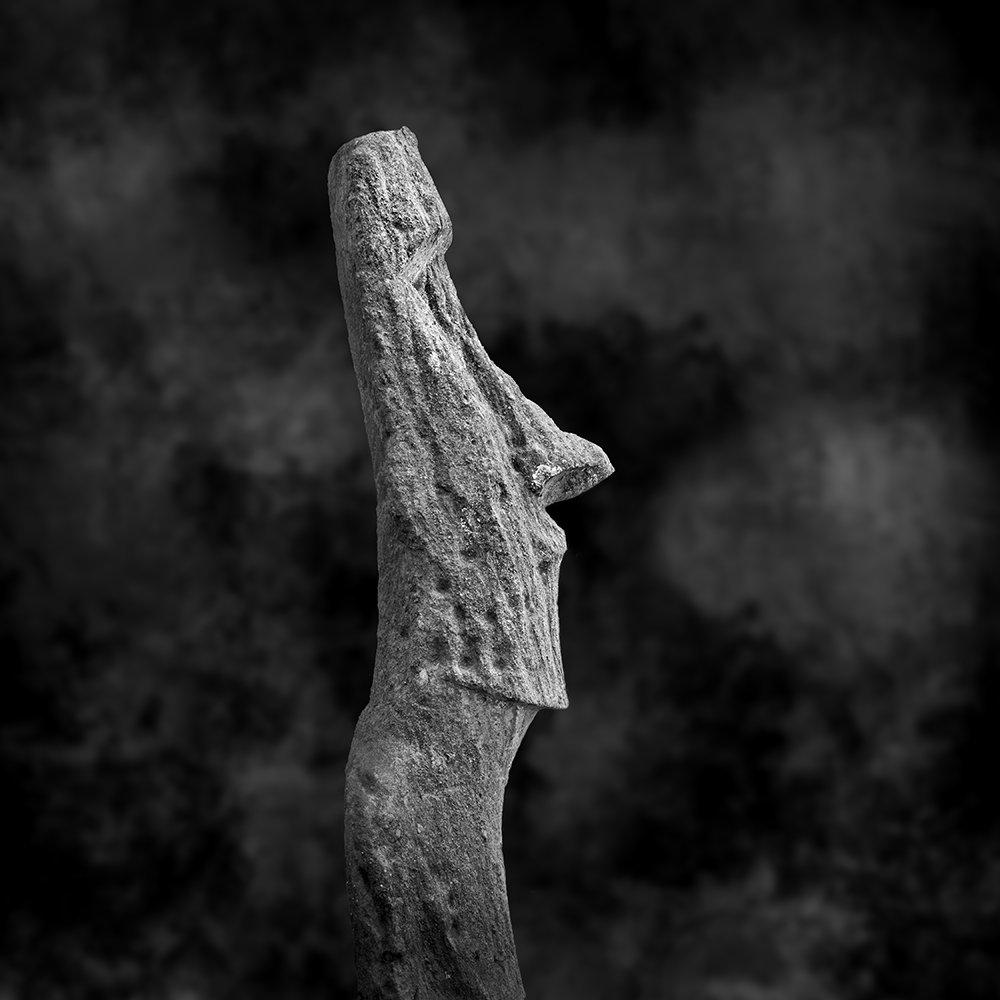

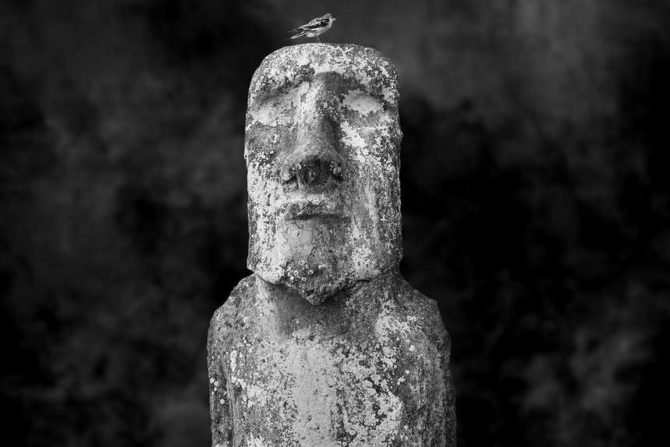
My “Moai, Sitting for Portrait” series will be featured at the Lincoln Gallery in Loveland, CO for the month of June with an opening reception on June 9th.
Here is the artist statement for this series:
In January of 2015 I spent two weeks photographing the Moai of Easter Island. This fulfilled a lifelong dream, one that started when I was 17 and read the book “Aku Aku” by Thor Heyerdahl. I became fascinated with the Moai and they have been on my mind and influenced my art for these many years.
As I traveled to Easter Island and tried to imagine what I would encounter, something interesting happened: I fell asleep and dreamt that I had invited the Moai to come and sit for a formal portrait.
When I awoke I thought “why not?”
I knew there would be challenges: the Moai are reserved, aloof and almost unapproachable. They had suffered greatly at the hands of outsiders and the question was: would they come to trust me?
Distance was the first hurdle to be overcome: the island is small by automobile standards, but when we are talking about the Moai who walk everywhere, traversing the island to get to my makeshift studio could be difficult. Then there was the Moai’s physical condition: many were incapacitated by war and the ravages of time and could not make the journey. And how would I accommodate the size of the Moai, with some towering 33 feet tall?
Facing these challenges and armed with nothing more than a dream and hope, I issued the invitations…but would they come?
Initially only a few came; the younger and less suspicious ones. But slowly, as word spread of their experience, others started to arrive.
Photographing the Moai created some interesting situations: one older Moai refused to allow me to photograph his face and turned his back on the camera. Another arrived with a hawk and insisted on having his portrait taken with the bird atop his head. Several Moai with bullet wounds, inflicted by outsiders, insisted that I document those scars.
And there were tense moments, as two rival Moai came together face-to-face in the studio, but which ended well when they agreed to be photographed together. And there were touching moments as old friends were reunited after years of separation.
The Moai are quiet, stoic and could even been described as “stone-faced.” And it’s true, not once was I able to photograph a Moai smiling, but instead they have a dignified poise that transcends time.
Here are the exhibition details:
The Lincoln Gallery, 429 N. Lincoln Ave, Loveland, CO
Opening Reception: Friday, June 9th from 6 – 9 pm
Artist Talk: Friday, June 9th at 6:30 pm
If you are in the area, I hope to see you there!
Cole
April 18, 2017


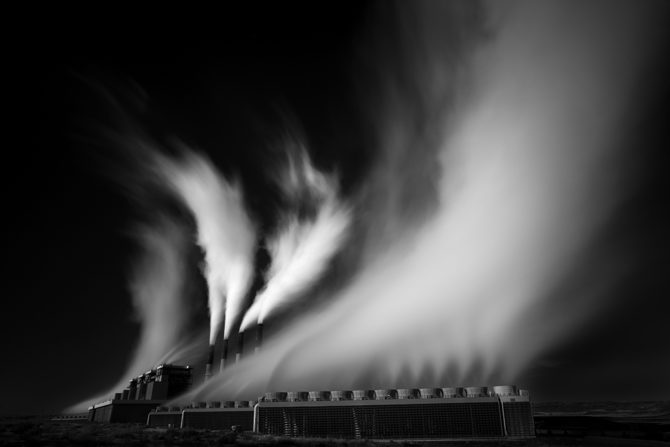
If you’ll recall from a couple of weeks ago, I sent a print of this image to the Plant Manager of the Jim Bridger Power Plant. (you can read the story below)
I just received a nice note from him:

Cole
P.S. Here’s the original story:
I was heading to Death Valley by way of Wyoming when I spotted a huge steam plume to the north of I-80. It turned out to be the Jim Bridger Power Plant.
It was a cold and sunny day and the white water vapor almost glowed against the dark blue sky. I shot three exposures. My practice is to name my image the first thing that pops into my mind and so I named this “Jim Bridger Power Plant.” But what I wanted to name it was:
“No You Can’t, Yes I Can.”
And here’s why.
I was photographing for only a short time before a security guard drove up and said that I was not allowed to photograph the power plant. I’m used to this protective (yet ignorant) behavior and politely asked if I was on a county road or a private road, to which he responded “a county road.”
I then explained, still politely, that I was allowed to photograph the plant as long as I was not trespassing. The next exchange went like this:
“No you can’t. Yes I can.”
I could see that I was getting nowhere and so I asked him to call out the Sheriff to settle this dispute. I was hoping that he would be better versed in the law than the security guard, but from past experience I was giving it only a 50/50 chance.
About 20 minutes later several men arrived and one approached, introducing himself as the plant manager. (I was feeling bad now, for disrupting his day over something like this)
He proceeded to tell me that I could not photograph the plant, and I again asked if this was a county road or a private road to which he responded “a county road.” I again made it clear that I could photograph anything I wanted as long as I was not trespassing. Again the verbal dance:
“No you can’t. Yes I can.”
It was clear that this conversation was going about as far as the other and one so I offered to show him the images, to put his mind at rest that my activities were harmless. He accepted my offer and was quickly satisfied that there was no “clear and present danger.”
We ended the encounter by him explaining his post-911 concerns and I acknowledged those as legitimate. But I said, I still have the right to photograph the power plant….and around we went again!
“No you can’t. Yes I can.”
And that is why I wanted to name the image
“No you can’t, Yes I can.”
We ended the standoff, by agreeing to disagree.
I’m going to send him a print of this image, he was a nice guy who was just trying to ensure the safety of his power plant.
March 9, 2017
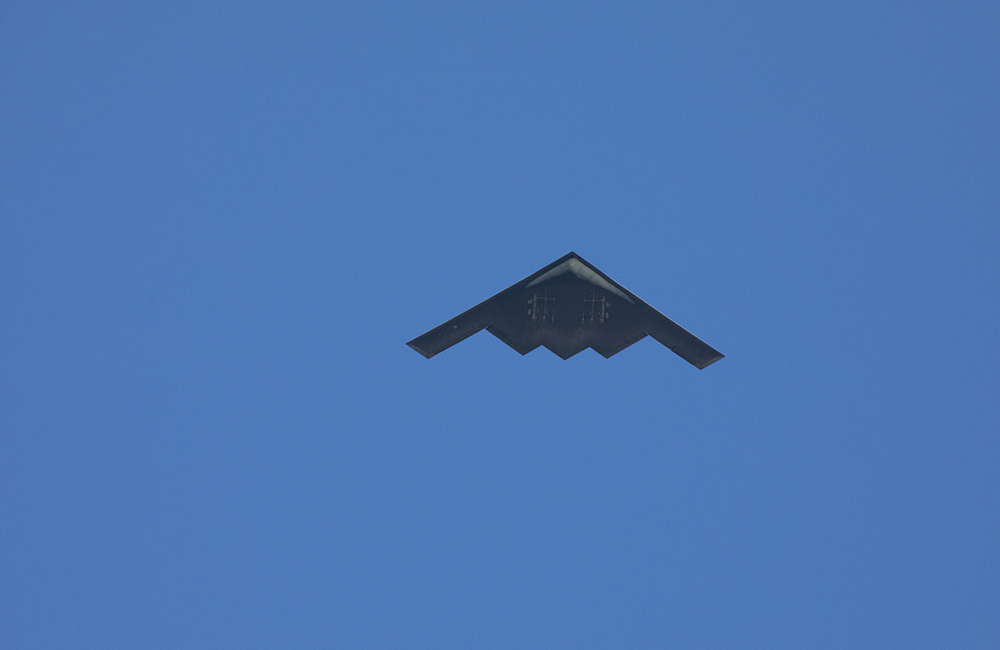
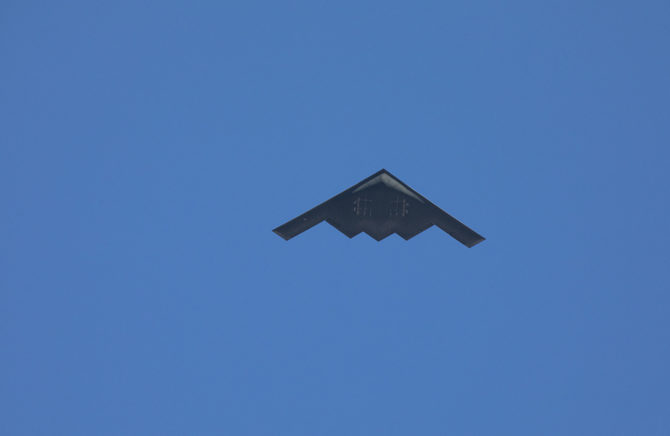
I love photography, but I also love flight. From birds to the Wright Brother’s first flyer, from the SR-71 which my father worked on to the V-22 Osprey that my son flies on. I love flight and airplanes.
And so it was a special treat to see my first B2 over the Mesquite dunes of Death Valley! It made several passes and fortunately I had my 100-400 lens on and was able to get these shots.
It is very impressive but my first thought was: this shouldn’t fly!

There was a companion aircraft that I at first thought was a tanker, but it didn’t look like any tanker that I was familiar with. It looked as though it had a radome on the nose and something odd on the tail.
Does anyone know what this plane is and what it does? I’m guessing that it is measuring emissions to see how stealthy the aircraft is, perhaps after some modifications or new equipment?
I was also lucky enough to see my first V-22 Osprey refueling over Death Valley! My son Caleb is a Crew Chief on this aircraft. I was not lucky enough to photograph it however.
Cole
January 5, 2017
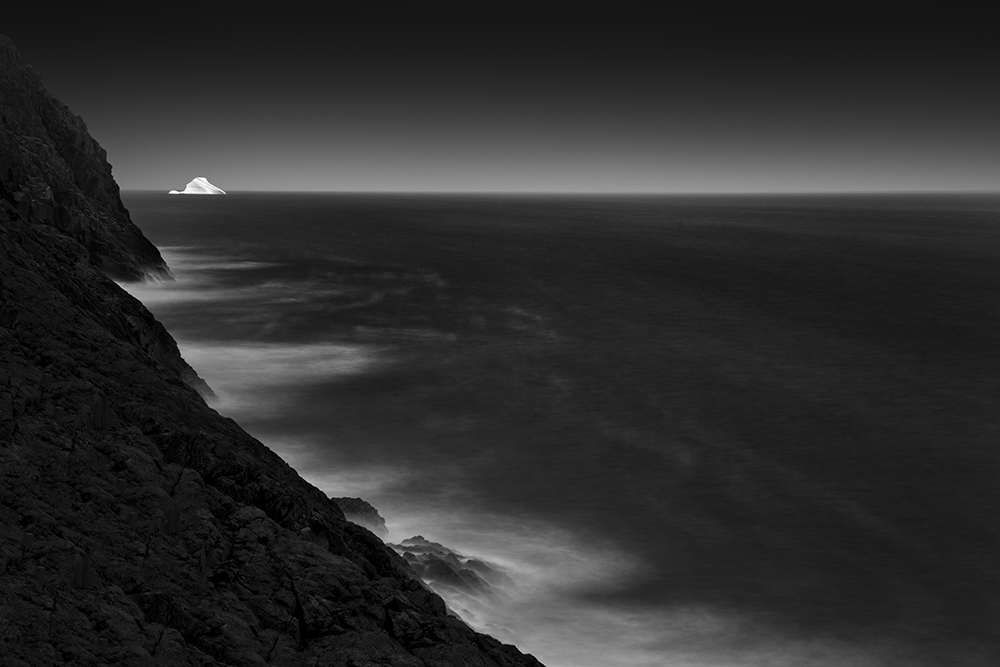

I use Singh-Ray Neutral Density filters to create my long exposure images and occasionally write blog articles for them.
They have just published my article that explains how I created the “Melting Giants” series.
You can read the article here:
February 12, 2016
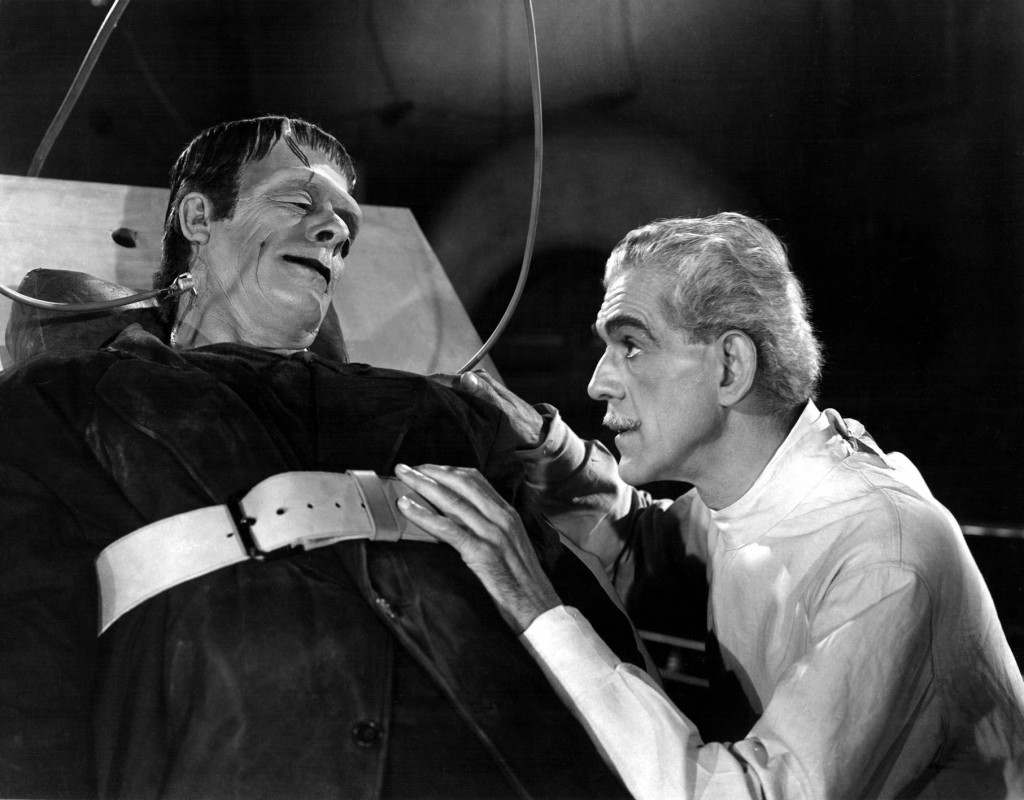
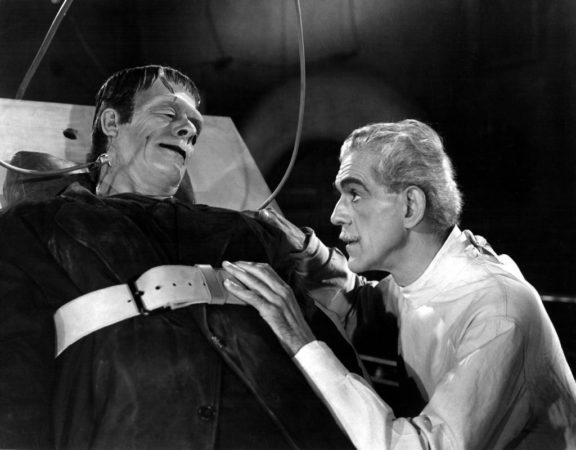
The images on my dead memory card are ALIVE!
All of them were successfully recovered thanks to Disk Doctors (www.DiskDoctors.com). They were fast and communicated with me daily during the recovery process.
After seeing the recovered images, I am so grateful that I chose to save them. Yes, it was expensive ($750) but that was much less than the other companies wanted and most importantly, I had a lot of good images on the card!
Here’s one of the images that I’m working on:
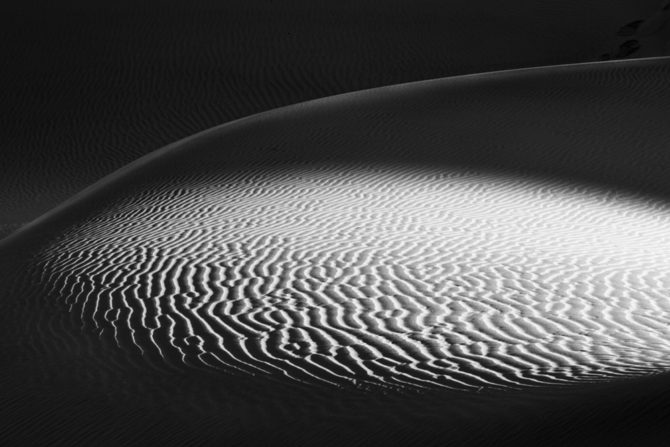
July 3, 2015
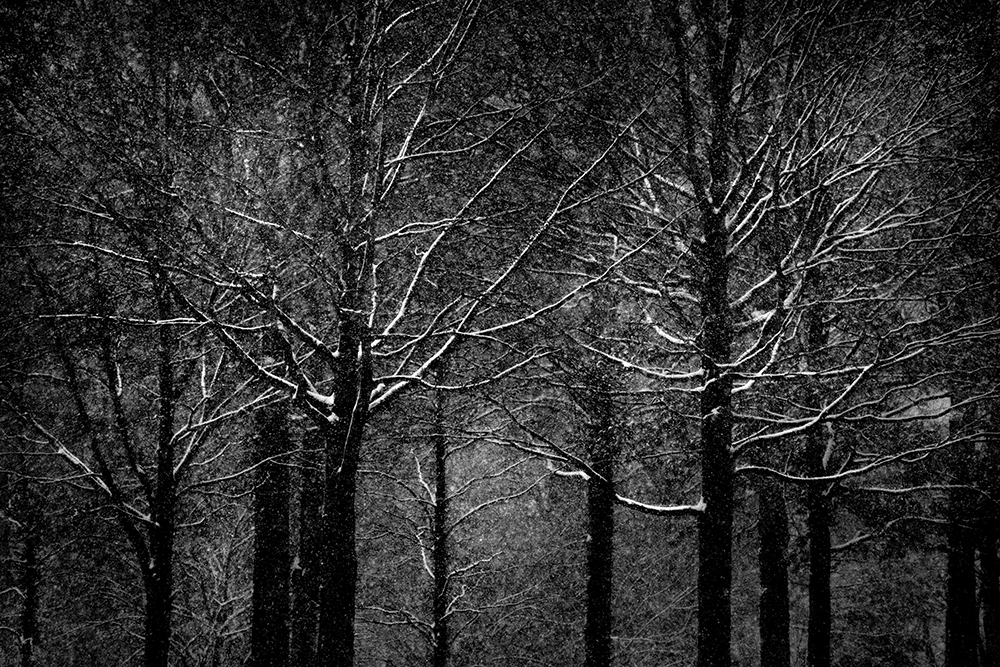
Blizzard – Washington DC
“Blizzard” is a favorite image of mine and yet it’s never been very popular. I often wonder about this; is the image only special to me because of my experience creating it or is it because seeing it on an electronic screen just doesn’t do it justice?
Here is the story behind the image:
It was springtime and I was headed to Washington, DC with appropriate spring clothing and my photo gear. I was anxious to create some new images, however once I arrived a late snowstorm rolled in and my “appropriate clothing” soon became inappropriate. In fact, calling it a snowstorm is an understatement, it was a blizzard.
It was 20 degrees but hadn’t started snowing and so I decided to go out to photograph. Here’s a self-portrait I created that evening:
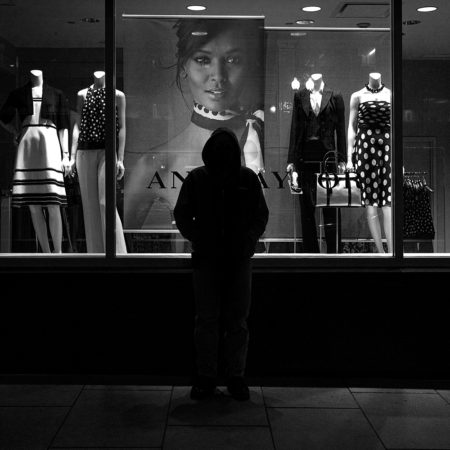
Self Portrait at 20 Degrees – Washington, DC
As I arrived at the National Mall it started snowing heavily and soon I was the only one on the Mall. It was eerie feeling so isolated in the middle of a city and it being so quiet that the only sounds I could hear were the crunch of my shoes and sound of snowflakes hitting my face.
I was so poorly dressed for the weather, wearing only a hoodie with no hat or gloves, that my hands were soon frozen and I feared frostbite. But as I prepared to return, I saw this scene and just had to have it. However the image was easier envisioned than executed as my hands were numb and failed to respond. It was painfully difficult to work the camera controls, but I was able to get this shot which I called “Blizzard.”
I started walking the several miles back to my hotel but soon realized that I could not make it without thawing out my hands and warming up. Unfortunately it was late and I couldn’t find anything open. But then I saw what appeared to be a government building with a large lit lobby and security guard. I decided to go in and hoped they would take pity on my situation and allow me to warm up for a few minutes.
I entered the lobby of the Federal Deposit Insurance Corporation and fortunately the guard who was to my right was preoccupied, so I went to the lobby on the left to shake off the snow and recover. But after only a few minutes the security guard discovered me, and apparently thinking I was a homeless person, headed my way with a loud “Hey! What are you doing in here!” It wasn’t really a question, but an accusation.
The guard was a very large woman and it was clear that I was no match for her! I tried to explain my plight but she would hear nothing of it and I was physically escorted back into the hostile world by the scruff of my neck. Fortunately those few minutes of stolen warmth were enough to sustain me and I did reach my hotel without permanent damage to my shutter finger!
I’m glad I stuck it out because I was able to create an image that I love, and I always tell myself that if I come home with just one good image, that my trip was successful.
“Blizzard” is a subtle image and viewing it on a monitor just doesn’t do it justice. As I write this blog I’m looking at a print and wishing that you could see it. I’ve printed it on Premier Platinum Rag which is a semi-gloss stock that you use matte inks with, which makes the blacks very flat and gives the highlights the most wonderful platinum sheen.
No matter how good an image looks on screen…it’s a revelation to hold a real print in your hands.
Cole
P.S. In a very small way I felt the indignity of being homeless. Here I was, harming no one and simply trying to stave off frostbite when I was treated like a thief and interloper. I know there’s always two sides to every situation, but this experience made me think about the plight of the homeless.
March 13, 2015
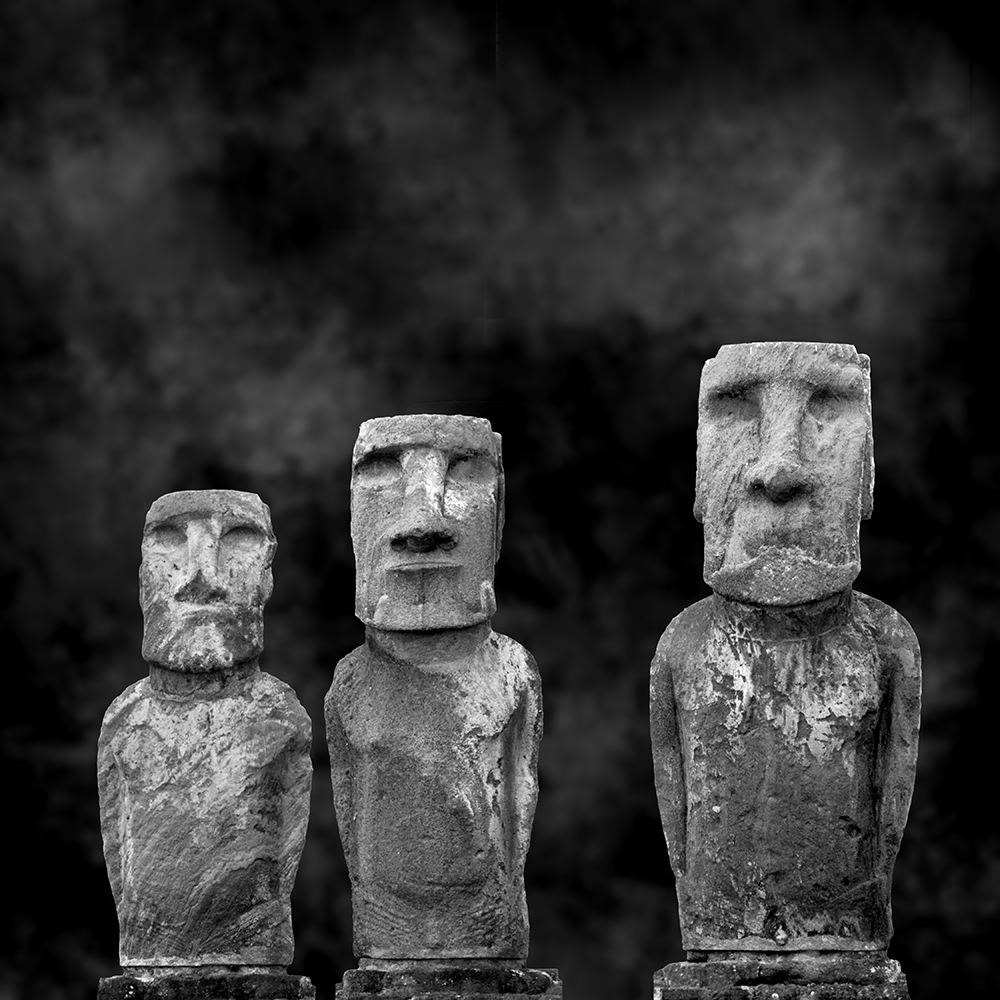
Let met start at the beginning: It was 1967 and I had borrowed the book Aku Aku from my high school teacher, friend and mentor, John Holland. This is how I was introduced to the Moai of Easter Island.

I became fascinated with the Moai and would spend hours and hours trying to imagine how and why they were built and even more perplexing: why they stopped? Even though this was my only “contact” with the them, they have been on my mind these many, many, many (you get the idea) years.
And interestingly, I have always imagined the Moai as being living beings.
Fast forward to 2014: I am planning my next photography trip and discussing with my wife where I might go. Easter Island had always been on my bucket list but I never really believed that I’d be able visit due to it’s remote location. But over the next several days I began to question that assumption and a few weeks later the trip was planned.
In keeping with my Photographic Celibacy I did not look at what other photographers had done before me. I wanted my Vision to be pure and unsullied by the ideas and Vision of others. However this approach has some disadvantages: what if I created work that was similar to what others had done, simply because I didn’t know what others had done?
I was willing to take that risk and proceeded blindly.
My trips are never planned, I simply go to a location, wander about and trust that something will inspire me. However this can cause great anxiety if I don’t find something that sparks an idea quickly and I start to worry that I’ll come home empty handed. I’ve had that happen to me several times before but fortunately something always seems to capture imagination and passion.
As we flew to Easter Island I like a child on Christmas eve, wondering what gifts I would find in the morning. And as I wondered what the morning would bring I fell asleep and dreamt, I dreamt that I had met the Moai and invited them to come to my studio to sit for a formal portrait…and they did!
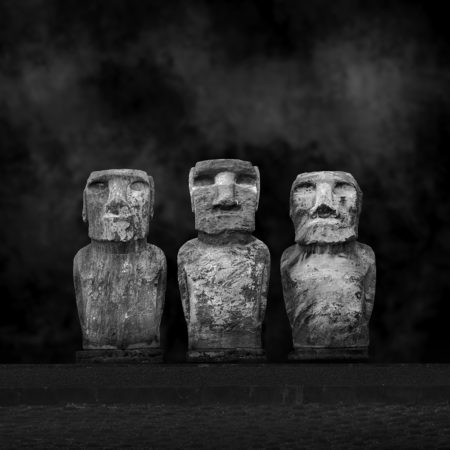
When I awoke I thought to myself, why not? I had always thought of them as being alive and I would create studio portraits of them as though they were. This idea really got me excited, as excited as I’d ever been for a project. It just seemed like a natural for me!
I was certainly out of my depth in several areas: I have no portrait experience, I could not control the lighting and I had never done anything this complex in Photoshop before. But a lack of skills has never stopped me before and instead I viewed it as a challenge.
In my mind I laid out my plan of action: I would photograph the Moai as though they were sitting in my studio, a tight shot and at appropriate angles. I’d try to catch them in diffused light and later I’d try to make it look like studio lighting. And lastly I’d outline the Moai and drop them into a digital backdrop that I would create.

I had to get the shots right because I had only one chance at this. I took a huge number of photographs from every angle and vantage point I could think of. I followed the sun and each morning went to one side of the island and each afternoon I went to other. Because I was looking for subdued light and could not control what I got, I had to wait for many hours at each location for a cloud to pass overhead.
Once home I started off by creating a portrait background for my Moai. I then blurred it to give the image a shallow depth of field and a three dimensional look. Later when I looked at all of the images as a group, the background looked redundant and so I created several slightly different versions to break things up a bit.

Next I needed to learn how to outline the Moai. I was very fortunate to be working with objects that had hard edges which made the outlining much easier. A great deal of this work had to be done manually at 300% magnification because the Moai’s background interfered with some of the more automatic methods of selection. This is where a tablet really shines, I simply could not have done this outlining with a mouse!
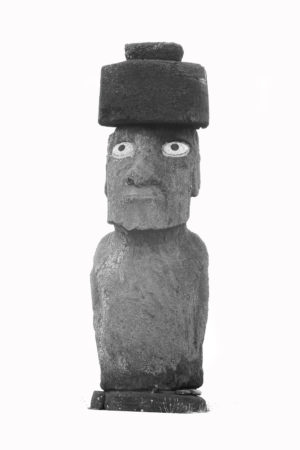
Next I pasted the outlined Moai into the background but felt that it looked unnatural. I learned that an object looks “pasted in” when the edges of the object are sharper than the object itself. So I took a 3 pixel blur tool and manually blurred the edge of the Moai at 300% magnification.
Then came the lighting: how could I make the lighting look as though the Moai had been lit in a studio? With no lighting experience, I simply experimented with dodging and burning, trying to make the light source appear to come from a particular direction.
With a small amount of practice I found I could bring a Moai to this point in about an hour. But the final refining of the image is what took the longest.
I would let the images sit for a week and then would come back to see them with a fresh eye. On the first pass I was unhappy with the lighting and modified it quite a bit; lessening the directional lighting effect and opening up the shadows more. I let it sit for another week and tweaked some more. And then I repeated this a third and fourth time until there were no more changes.
Here are a couple “before and after” images to show you the original shot and the final image.
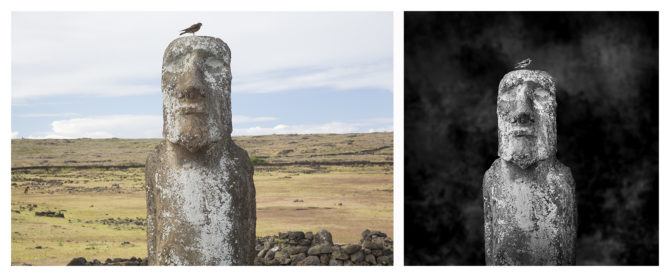
Outlining was easy when the Moai were against the sky and I could use the automatic methods of selection. But when the background was cluttered as in the lower half of this one, I had to manually outline.
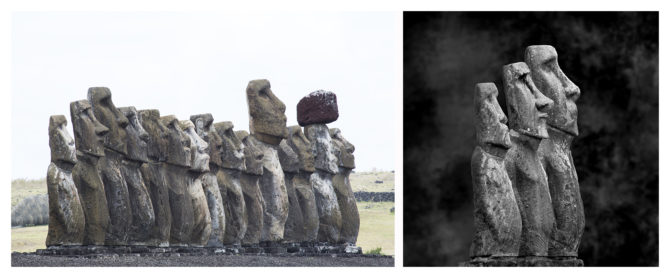
When I shot this image I was not thinking portraits, but these first three Moai on the left worked out perfectly anyway.
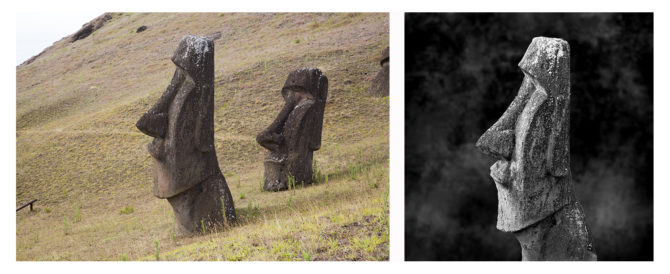
The images from the quarry were harder to put into the studio because they were photographed against the grass. I had to stay on designated paths and that limited my choice of angles and consequently the background. These images were completely hand outlined and often I had to clone out the weeds that were in the way.
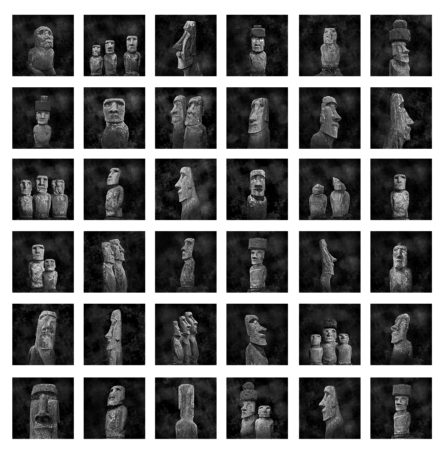
In the end I created forty portraits of the Moai and I love them. The trip was a wonderful adventure in itself, but to pursue a project that treated the Moai as though they were alive, really was dream come true.
This project reinforced three of my guiding principles as a fine art photographer:
1. I must pursue a project that I am passionate about and have a Vision of.
2. Skills come second to Vision. If I don’t have the skills, I can always learn the them.
3. I must create for myself and love what I’ve created.
Cole
P.S. You can see the full portfolio here: http://www.colethompsonphotography.com/MoaiSittingForPortrait.htm

